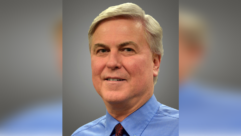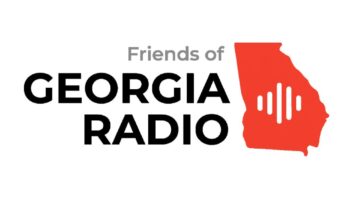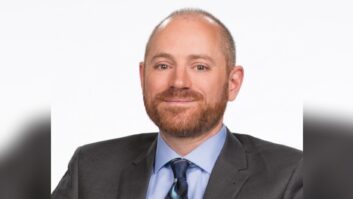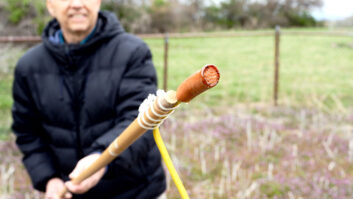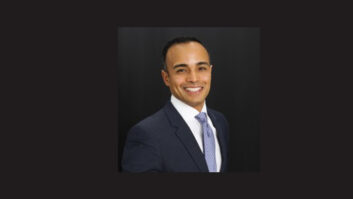The golden age of radio generally is defined as from the 1930s to the 1950s, though some extend that for another decade or two. Generally, though, the phrase “old-time radio” refers to a time before the proliferation of the television set, when radio was the prime form of daily entertainment for most Americans.
In the opinion of Jay Hickerson, affectionately known as “Mr. Old Time Radio” and the founder of the group Friends of Old Time Radio, the golden age lasted from 1932–1962. It was a time when two out of every three American households had at least one radio. Families traditionally gathered around their radio each night for news and entertainment.
Not only did the radio facilitate familial bonding and fascinate children and adults with extraordinary programming and classic shows like “The Shadow,” “The Lone Ranger” and “Superman,” it defined popular music and delivered live news and sporting events to its listeners.
In other words, radio had a huge impact on the culture of the era. Thanks to groups like Friends of Old Time Radio, even after 75 years “OTR” still has a home in one corner of our modern society.
Good friends

The Gotham Players The Friends of Old Time Radio holds a four-day convention each fall in Newark, N.J. It is the largest and longest running event of its kind, according to organizers, and attracts around 500 attendees per year. The program offers panel discussions, live performances of dramatic radio recreations, the sale of memorabilia and a chance for the fans and stars of old-time radio to mingle.
The board of directors consists of former D.C. Comics colorist and publisher of “The Shadow” and “Doc Savage,” Anthony Tollin, Arthur Anderson of “Let’s Pretend” and “The Mercury Theatre,” Steven Lewis, director of The Gotham Radio Players and a number of others from diverse backgrounds and age groups. Some board members are in their 80s; perhaps surprisingly, others are too young to remember the golden age of live dramatic radio they’re celebrating.
The thing that brings this assortment of people together is a shared passion and enthusiasm for the medium, organizers say. The convention is fan-driven, nonprofit and has no corporate sponsorship. Committee members pay the same door price as everyone else.
Sean Dougherty, board member and publicist, summed up the purpose of the convention by saying, “We want fans to be able to meet stars involved in radio in person and see them perform and expose their talents to a wider audience and get them interested in the hobby of collecting old-time radio memorabilia.”
Memorabilia is plentiful and it is a highlight for convention-goers each year. Attendees can discover an array of products from yesteryear — autographed items, books, reel-to-reel programs, records and posters, as well as more modern items like MP3s, CDs and DVDs. The convention is a nostalgic Mecca for collectors and hobbyists.
The event compels a number of OTR fans to make the trip because they have the opportunity to meet, get the autographs of and in many cases befriend people who were the voices of radio’s past. An abundance of famous performers, voice actors and sound effects directors from the golden age are drawn to the gathering.
Another feature to which those in attendance look forward is live reenactments of classic radio shows.
Over the years, casts have performed programs from “Dragnet” and Blondie” and recreated Jack Benny’s shows as well as a dramatic rebroadcast of Franklin Roosevelt’s 1944 election.
Aural time machine

Steven Lewis with actor Simon Jones Amateur groups also perform reenactments as well as new, original shows.
One such troupe, The Gotham Radio Players, has become a staple of the convention. Directed by Steven Lewis and based in the New York metro area, they are known for their skill and regularly perform on WBAI(FM) in New York.
After choosing a script, Lewis allows his cast and crew a minimum of five weeks of preparation time before an air date or a live performance at the convention. During this time they rehearse, put together the musical score and figure out how to execute the necessary sound effects.
Despite being a vintage reenactment, they use modern, quality microphones provided by the station. A particular favorite is Shure’s SM58. They typically use anywhere from five to eight microphones arranged in a semi-circle for the actors so they can see each other as well as the director and an additional three or four mics for the live sound effects technician located to the side.
The group does use some prerecorded sound effects. They have an engineer and producer in the control room firing these effects and mixing audio using a small Mackie. Lewis directs the performance in the studio while listening through headphones and using hand signals to communicate levels to the control room and cue the actors and effects.
Since the people in charge of effects have the responsibility of painting a visual in the listener’s head, they try to make the effects as realistic as possible.
“Aside from everyday effects such as doors, footsteps and buzzers, we’ve also done such in-studio effects as decapitations, an airplane impacting a giant heart, marching ants, a rowboat traveling across a pond, wind, a runaway train and coins dropping into a payphone.”
The Friends of Old Time Radio’s annual convention compels attendees to step into an aural time machine and travel back to the era of radio programming’s past. The convention for 2009 will be held Oct. 22–25. For information, visit www.fotr.net.
Forrest Yingling has worked at Sirius XM Satellite Radio for four years and is a writer, producer and musician based in the District of Columbia.




